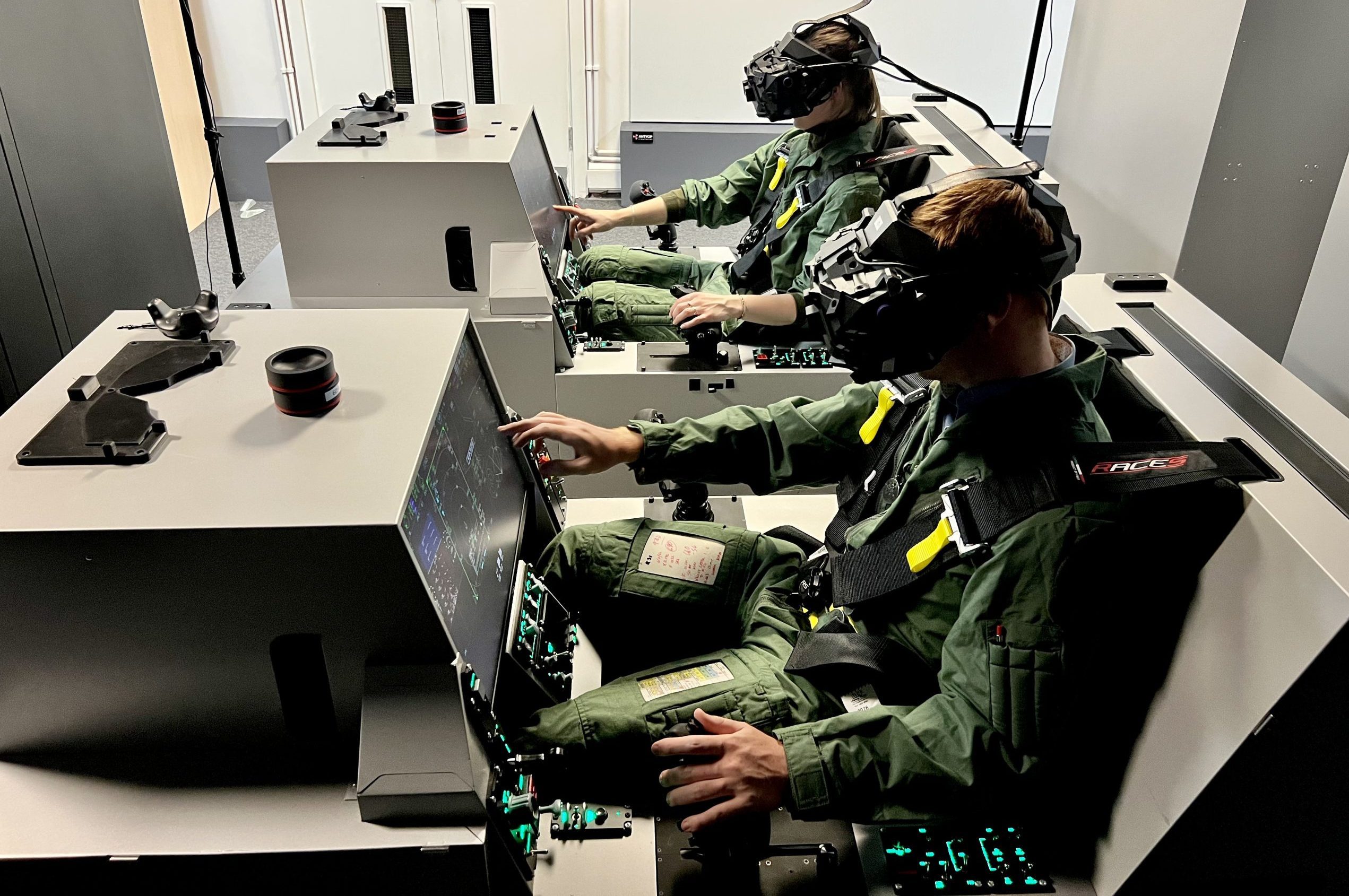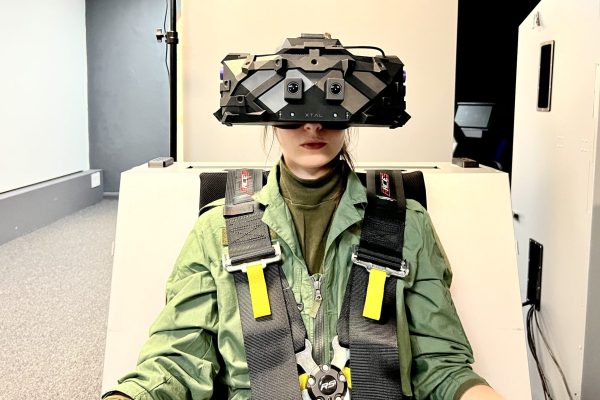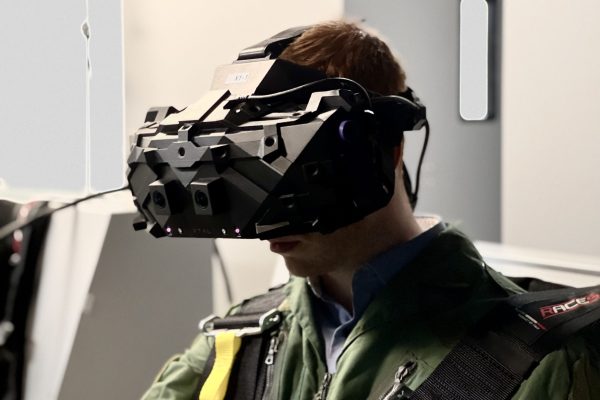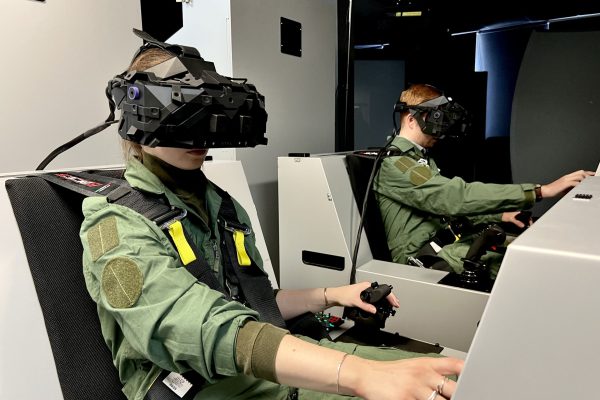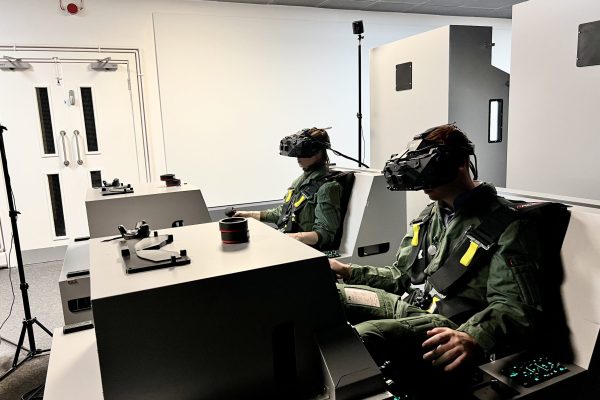VR in military planning
Mission planning is central to the military – strategies and tactics are crucial for gaining an advantage and, ultimately, victory.
Historically, planning has been pivotal in military campaigns for achieving decisive outcomes on the battlefield. It has incorporated game-changing innovations, such as the crossbow, gunpowder, barbed wire, aircraft, radar and jet engines.
Yet, as modern conflicts become increasingly complex, traditional approaches to mission planning face new challenges. Today, one of the most transformative tools in the military's arsenal is virtual reality (VR), which introduces unprecedented levels of sophistication to simulated combat training and mission planning.
How does military mission planning work?
Effective military mission planning looks in detail at ends and means – the end goal and everything required to achieve it. It asks fundamental and demanding questions and sets out a sequence of phases to execute the plan.
Allied nations use similar planning methodologies, for example, The British Army's Estimate Process is a systematic and comprehensive methodology used to plan and execute military operations effectively. It involves a series of steps aimed at thoroughly analysing the situation, identifying objectives, and developing feasible courses of action. Here's an overview of the Estimate Process:
- Assessment of the Situation: The process begins with a thorough assessment of the operational environment, including the enemy's capabilities, intentions, and terrain. This involves gathering intelligence, conducting reconnaissance, and analysing relevant factors that may influence the mission.
- Identification of Mission Objectives: Clear and achievable mission objectives are identified based on the assessment of the situation. These objectives define the purpose and scope of the operation and serve as the foundation for subsequent planning efforts.
- Analysis of Courses of Action (COAs): Multiple COAs are developed based on the identified objectives. Each COA represents a distinct approach to achieving the mission and is evaluated against a set of criteria, including feasibility, risk, and resource requirements.
- Comparison and Selection of COAs: The pros and cons of each COA are carefully weighed, considering factors such as available resources, potential risks, and operational constraints. The COA that best aligns with the mission objectives and offers the highest probability of success is selected for further refinement.
- Development of the Selected COA: The selected COA is further developed and detailed to ensure its practicality and effectiveness. This involves outlining specific tasks, allocating resources, and defining command and control arrangements.
- Wargaming and Rehearsals: The chosen COA is subjected to wargaming exercises and rehearsals to validate its viability and identify potential challenges or vulnerabilities. This iterative process allows commanders and their staff to refine the plan and make necessary adjustments.
- Issuance of Orders: Once the plan has been thoroughly vetted and refined, orders are issued to subordinate units outlining their respective roles, responsibilities, and tasks. Clear and concise communication is essential to ensure that all personnel understand their duties and objectives.
- Execution and Monitoring: The plan is executed according to the issued orders, with continuous monitoring and assessment of progress. Commanders maintain situational awareness and remain prepared to adapt and adjust the plan as circumstances evolve.
- After-Action Review (AAR): Following the completion of the operation, an AAR is conducted to evaluate the effectiveness of the plan and identify lessons learned for future missions. This feedback loop allows the British Army to continuously improve its planning and execution processes.
Overall, the Estimate or Planning Process provides a structured framework for planning and executing military operations, emphasising thorough analysis, flexibility, and continuous learning. It enables commanders to make informed decisions and effectively lead their forces in achieving mission success.
The military mission planning process is based on attention to detail. It looks at historical data and potential scenarios and outcomes. It must explore multiple risk factors and allow for unforeseeable events.
But the nature of planning is also to keep evolving. Innovation is vital for achieving military supremacy on the field. Tighter integration of technology with planning helps drive innovation by opening strategic thinking to novel ideas.
When planners transform tactical ideas into workable Courses of Action (CoA), they give themselves an advantage in the field.
Technology supports this rapid CoA development, with virtual reality (VR) as an indispensable enabling technology.
What does VR offer military planners?
Through simulation, virtual reality (VR) supports and enhances mission planning. Simulation is a valuable training tool because it allows users to experience hypothetical scenarios as if they were real. By creating and enabling these immersive and interactive environments, VR becomes a crucial component in simulation.
It offers the military new ways of mission planning and mission rehearsal, where protagonists can see and experience potential outcomes and explore tactics and manoeuvres.
- Even at the earliest stages of mission planning, VR provides vital support by allowing planners to visualise challenges and outcomes.
- As the planning progresses, VR becomes a training aid for developing situational awareness and decision-making.
- VR is invaluable for red teaming, where picking holes in a plan helps eliminate weaknesses because protagonists can see the consequences of their decisions and actions in a simulated environment.
- VR is scalable. It’s perfect for mission planning involving different divisions and personnel, from small, elite groups to extensive battlefield forces.
- Detailed metrics and analytics provide ongoing feedback to decisions and actions taken within the simulated environment, allowing strategists to plan for different outcomes and to adapt and refine their plans based on specific data.
Why VR is essential for military mission planning
The military must expect the unexpected. While planners cannot see into the future, they can use tools to simulate an extensive selection of possible scenarios. As we’ve seen, step two in the Navy SEAL planning is understanding what you cannot control. For mission planners, VR offers insights into potential blockages, obstacles and dangers with high levels of realism. It reduces the risk of the uncontrollable and improves contingency planning.
It’s also cost-effective and efficient. It accelerates training and provides detailed strategic support. VR allows participants to train and learn literately – they explore different scenarios, make mistakes, learn, and repeat. This is ideal for testing strategies in realistic environments.
The more accurately the military can test strategies before enacting them in the field, the more it can prepare for missions and increase the likelihood of successful outcomes.
How solutions from ST Engineering Antycip support military mission planning
ST Engineering Antycip supports military mission planning with simulation and modelling applications for the defence and military sector. These applications bring a vital new dimension to mission planning and strategic development by immerseing users deeply in virtual scenarios.
VR applies at different strategic levels for mission planning. It can encompass entire battlefield strategies employing computer-generated forces. These customisable programmes fill synthetic environments with ground, air and naval forces to create detailed mission simulations.
Alternatively, mission planning can focus specifically on one aspect of military operations, such as the naval mission simulation we’ve developed. This provides a vividly realistic environment in which trainees can experience a range of scenarios as part of their mission training.
To help personnel train for air missions, we provide immersive and flexible, role-specific virtual simulation training. Our projects have included enhancing F-35 mission training and simulation for armed forces and Eurofighter training.
We deliver VR and simulation-based packages to armed forces globally, covering air, sea and land, providing deeply immersive and rigorous mission planning and exercise-based training solutions. Please contact us for more details.

